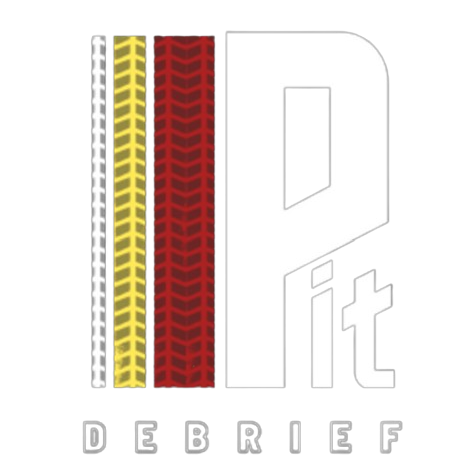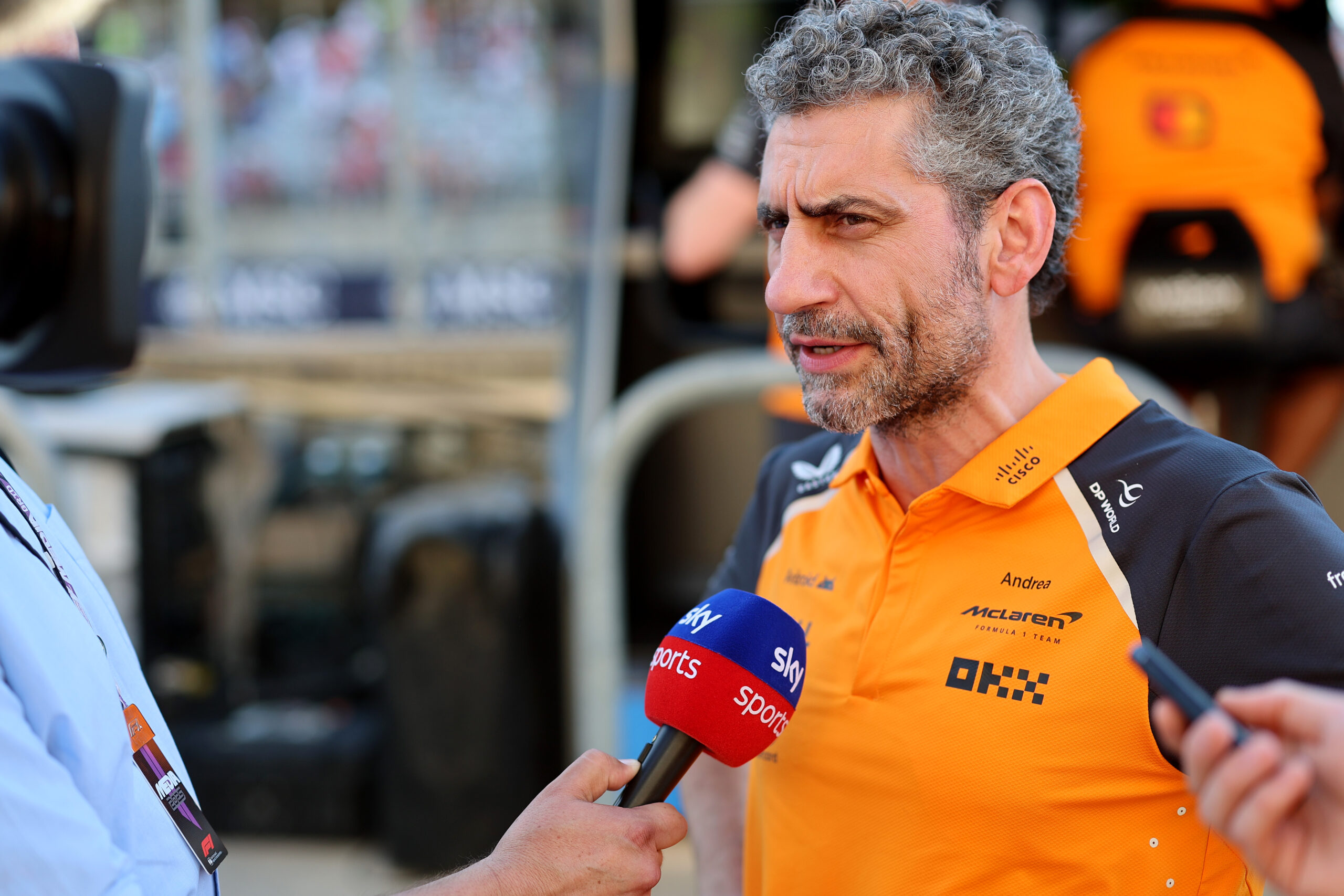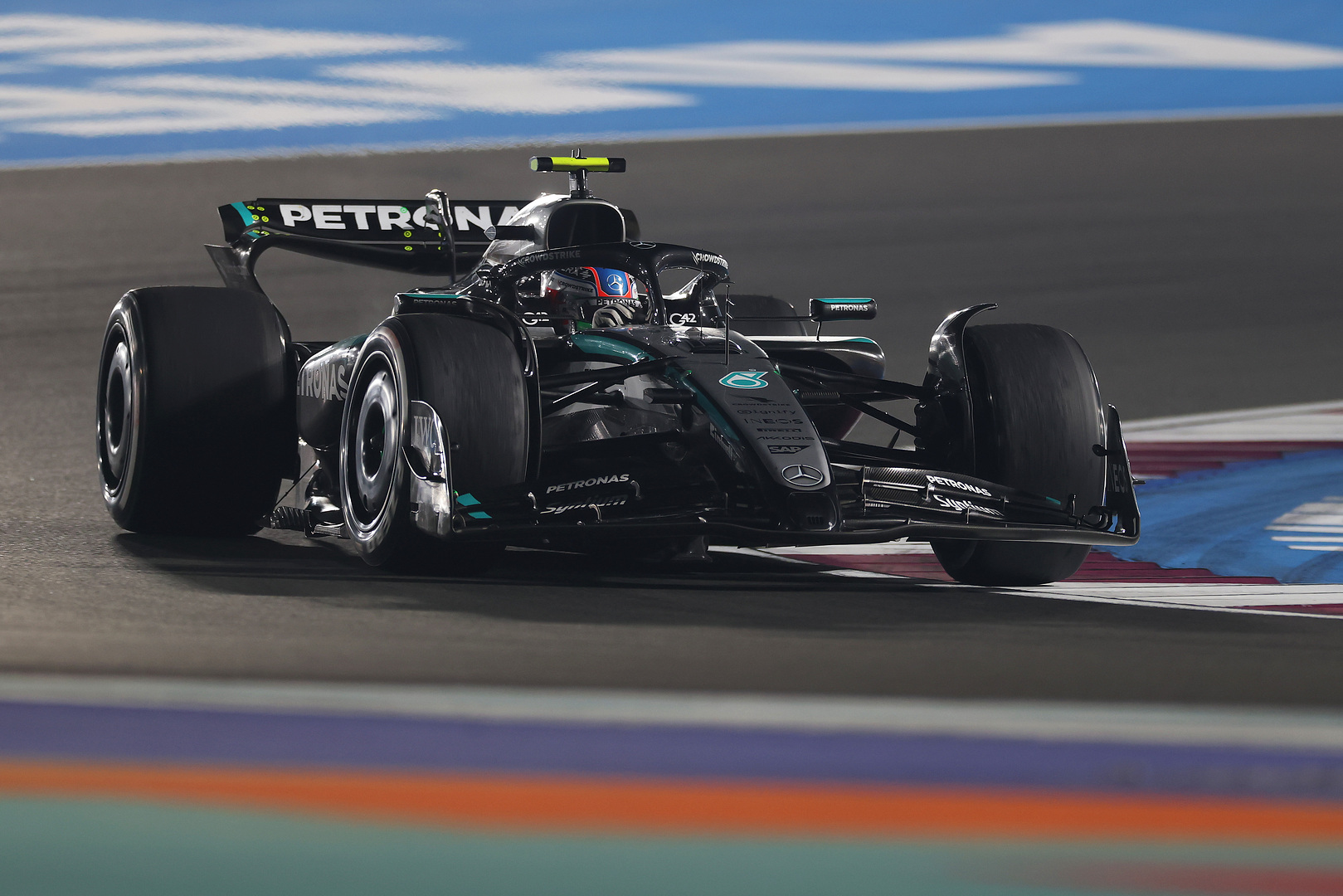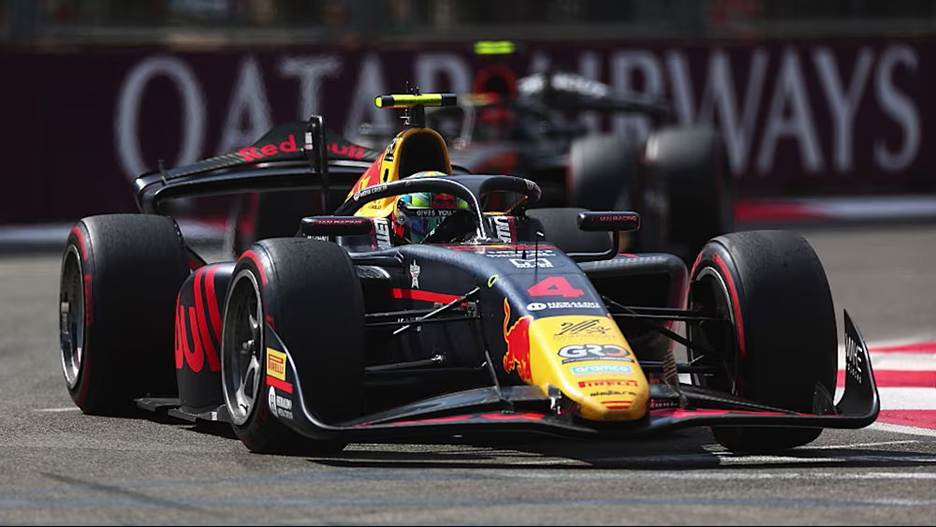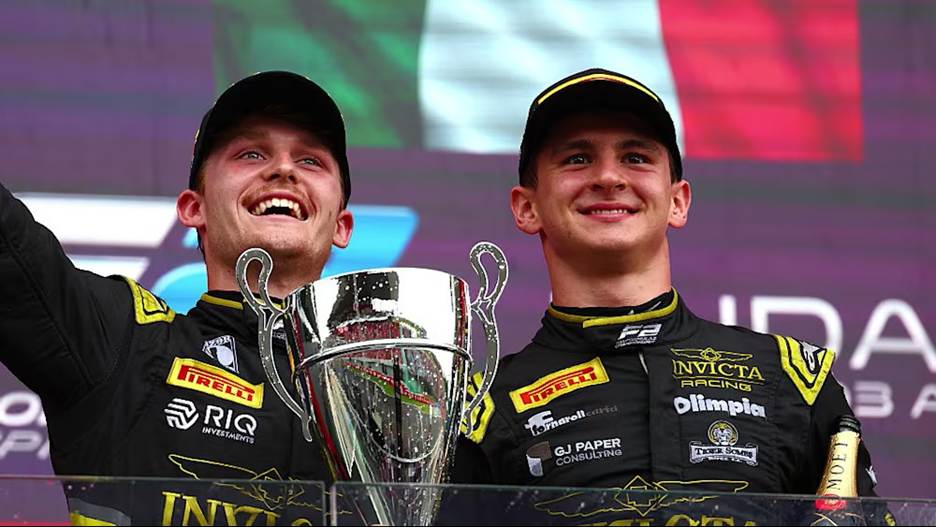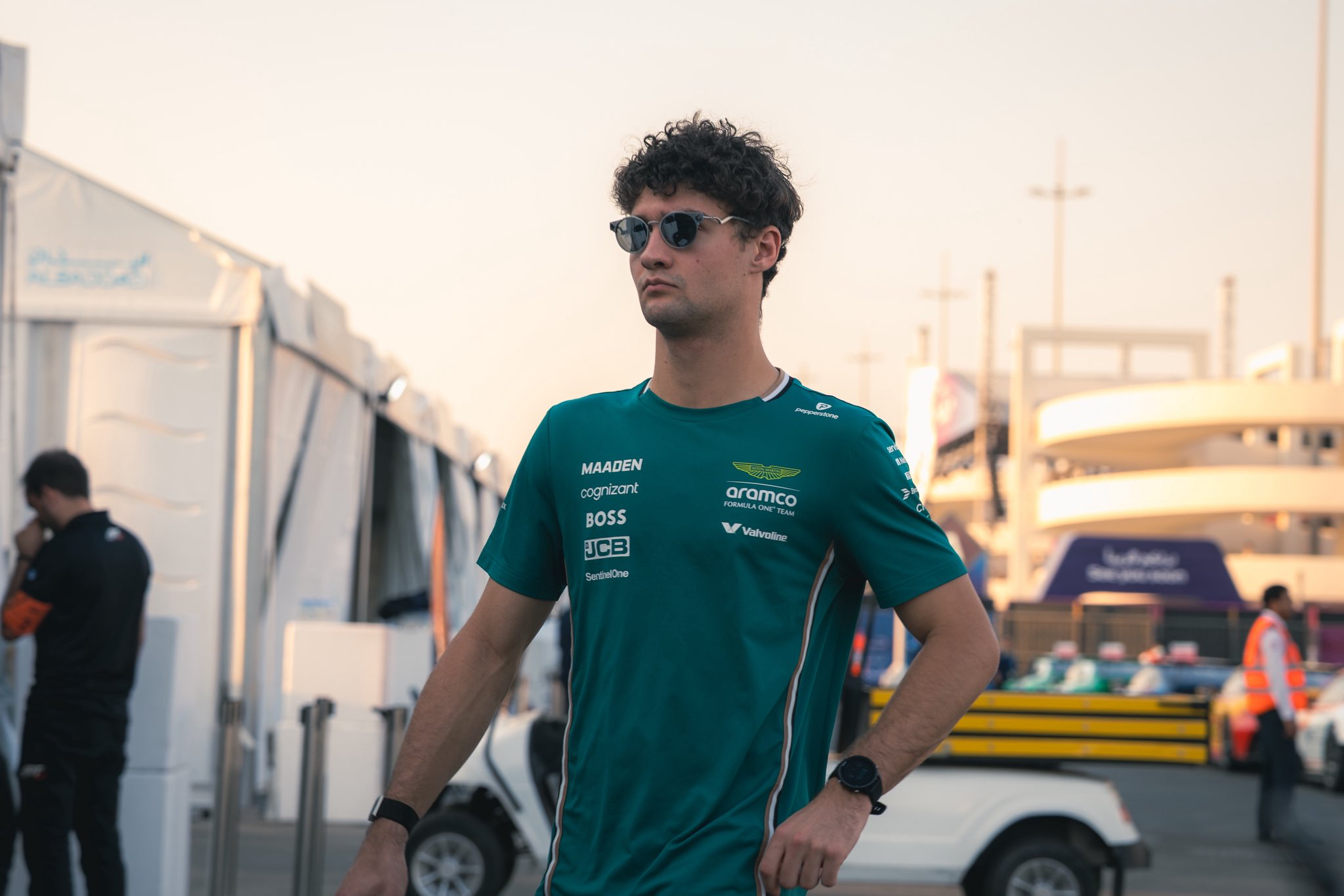McLaren team principal Andrea Stella’s F1 US GP reflections highlighted Lando Norris‘s strong performance despite finishing second behind Max Verstappen. The McLaren driver battled Charles Leclerc throughout the race, ultimately overtaking him to secure P2 towards the end. Stella’s US GP analysis praised his driver’s race craft and acknowledged setup challenges from missing sprint running. The team principal also confirmed that no further upgrades would arrive this season.
Performance assessment and upgrade plans
Andrea Stella expressed confidence in McLaren’s competitive position at the F1 US GP despite recent concerns. He noted that Norris possessed race-winning pace at COTA. However, getting stuck behind Charles Leclerc in both stints cost him a shot at victory.
“First of all, I think in terms of the trend, today is a relatively reassuring race, because I think without having to fight with Charles, which was certainly an entertaining fight itself, I think Lando had the pace to win the race today.”
With Verstappen ahead and track position proving difficult to overturn, McLaren’s options remained constrained.
“Obviously, he needed to gain a position on track, which is never easy with Max,” he noted. “And with a one-stop strategy, not necessarily we would have had many opportunities from a strategic point of view, but performance-wise, I think we are reassured that the pace was sufficient to fight for the victory.“
Stella’s F1 US GP reflection revealed that missing the sprint race left McLaren disadvantaged in their set-up optimization. Both McLaren drivers did not finish the race following lap 1 contact. Internal analysis showed untapped performance potential remained in their car configuration.
“Like I’ve explained to some of your colleagues as well, I think not having done the sprint race left us a little bit on the back foot from a set-up point of view, and inside we can see already that there was more performance that we could have extracted from the car.
“When it comes to new upgrades, new parts, then this will not happen for the rest of the season,” he concluded. This decision finalizes their development approach for the season’s closing races.
Norris’s Race Management
Stella’s US GP analysis included praising Norris’s driving as exemplary of his strongest attributes. The team principal identified the race conditions as perfectly suited to the British driver’s skillset.
“For me, today is one of Lando’s races,” he stated.
He elaborated on why these specific circumstances showcased Norris at his best. High degradation, extended stints, limited grip, and hot temperatures all played to his strengths.
“It’s very good when there’s a high degradation, it’s good when you have to run long stints, it’s good when there’s not much grip, it’s hot. I think he kept a level head, if you say like this, in understanding that we needed to be fast in overtaking Charles, but we also needed to make sure we finished the race. And I think from this point of view, he showed some patience when it was not possible to overtake.”
Stella highlighted a crucial tactical decision during the second stint that demonstrated Norris’s race craft. The McLaren driver deliberately backed off to manage his tyre temperatures before attacking again.
“Indeed, I’m not sure how much this was visible, something that ultimately might have been decisive in the second stint when he decided to just get off completely, cool down the tyres and then go again. So I think we have seen Lando’s performance at its finest.
“If anything, we need to just check whether there was an opportunity in corner 1 to retain the position which would have unfolded a completely different race if we were following Max rather than Charles,” Stella concluded post-F1 US GP.
Set-up limitations from missing sprint data
When asked more about whether the missing sprint information simply related to ride height adjustments or involved deeper complexities, Stella’s F1 US GP analysis confirmed the issue was relatively straightforward. The team lacked crucial reference points for maximizing their car’s potential within regulatory boundaries.
“Yes, that’s about it,” he stated. He explained that achieving optimal ride height settings requires real-world data that simulation cannot provide.
“It’s about right eyes and it’s about missing references to actually exploit fully what is allowed. In a track like COTA, which we know has cut out some teams in the past, it’s one of those in which it’s very difficult to actually nail the last millimeter if you don’t have references coming from real running. Simulation can take you only to a certain point, then you need track data to actually go to the last millimeter.“
